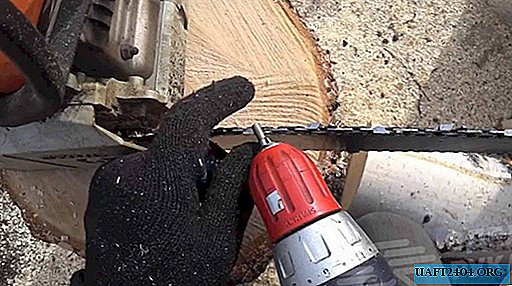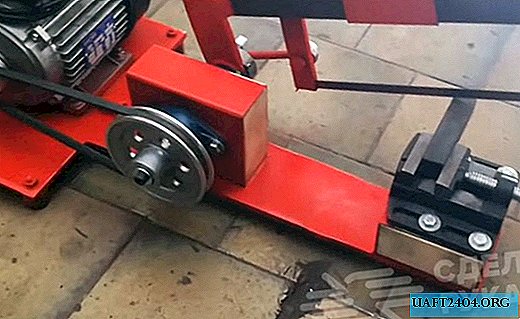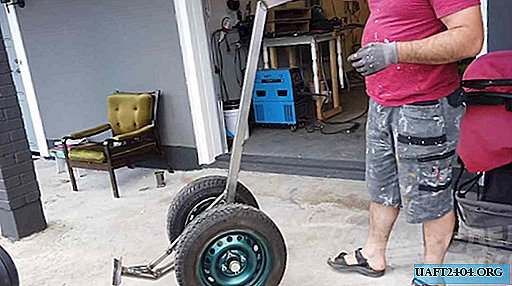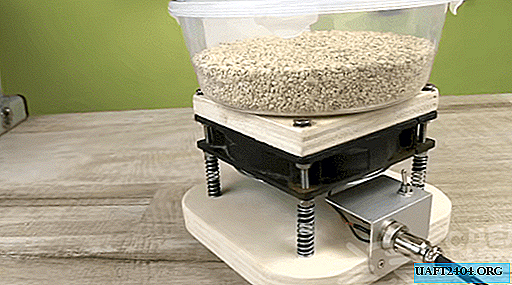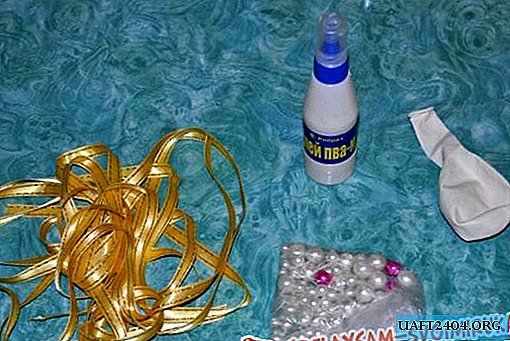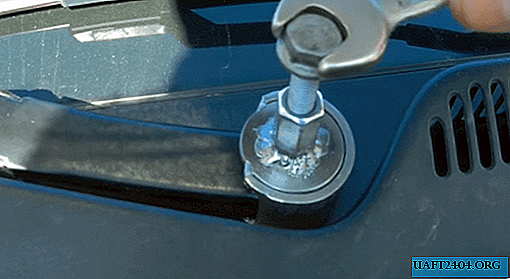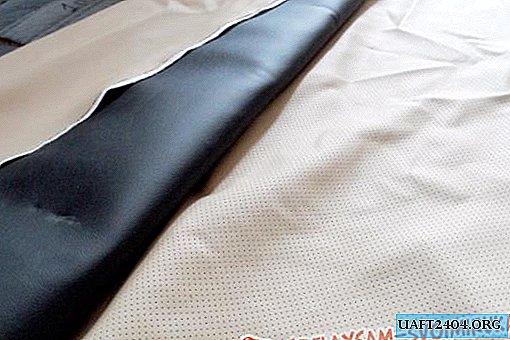Share
Pin
Tweet
Send
Share
Send
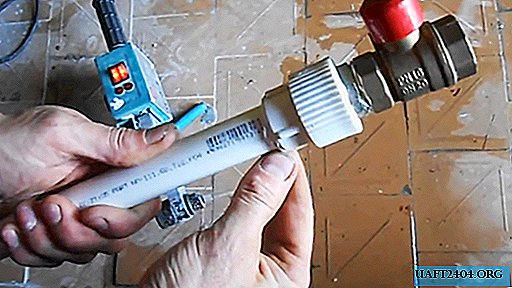
Sometimes it becomes necessary to solder an additional pipe or pipe fittings (turn, branch, tee, tap, etc.) to a polypropylene pipe in an existing water supply system or some other system. Of course, if there is no technical possibility to shut off the water above, then there can be no talk of any soldering.
But even if the water is blocked and the pressure is completely absent, the liquid can continue to drip, especially in the riser, and there is no way to stop it, for example, due to the dilapidation of the tap and its incomplete closure. In this case, soldering also becomes a difficult task, but there is one way that, with some skill, makes it possible, and soldering in this case turns out to be of high quality and quite reliable.

A trick to temporarily plug a pipe
To do this, you need to take a fresh bread crumb, knead it thoroughly with your fingers and, when it becomes plastic, like plasticine, shaking and wiping the accumulated water, plug the dripping polypropylene pipe with a softened crumb, pushing it slightly further to create some kind of plug or cork.


Now you need to act very dexterously. The soldering unit must be switched on in advance and warmed up to the required temperature. We heat the ends of the sealed pipes or pipes with pipe fittings (in our case this is a quick-acting valve) to a plastic state, we connect them and hold them in this position until the soldering place has completely hardened.


A legitimate question arises: how to remove the bread jam created by our own hands from the pipe so that it does not cause blockage and blocking of water in the system? Firstly, you don’t have to remove anything, and secondly, when the water supply is resumed, the pressure will take out our impromptu plug, having washed it first into small fragments.

Is it possible to replace bread with something else, more "reliable", as it may seem to us, for example, chewing gum or raw dough. Neither the first nor the second option is undesirable. Chewing gum accurately clogs the pipe, hardening under the influence of cold water. Raw dough is difficult to liquefy with water and can also create a problem, up to the connection connector for its removal, and new soldering. All that remains is bread: it holds a small volume of water quite well and easily softens under the pressure of a liquid, is divided into small fragments and removed from the system without residue, and in a short time.
Share
Pin
Tweet
Send
Share
Send


